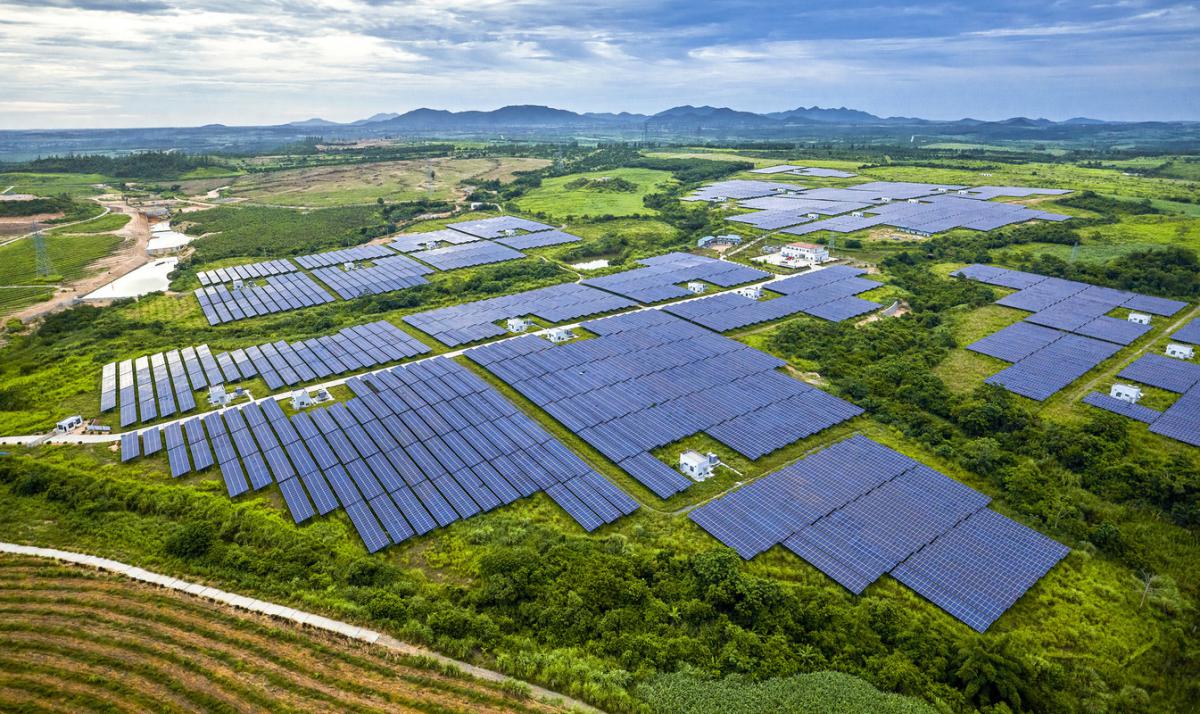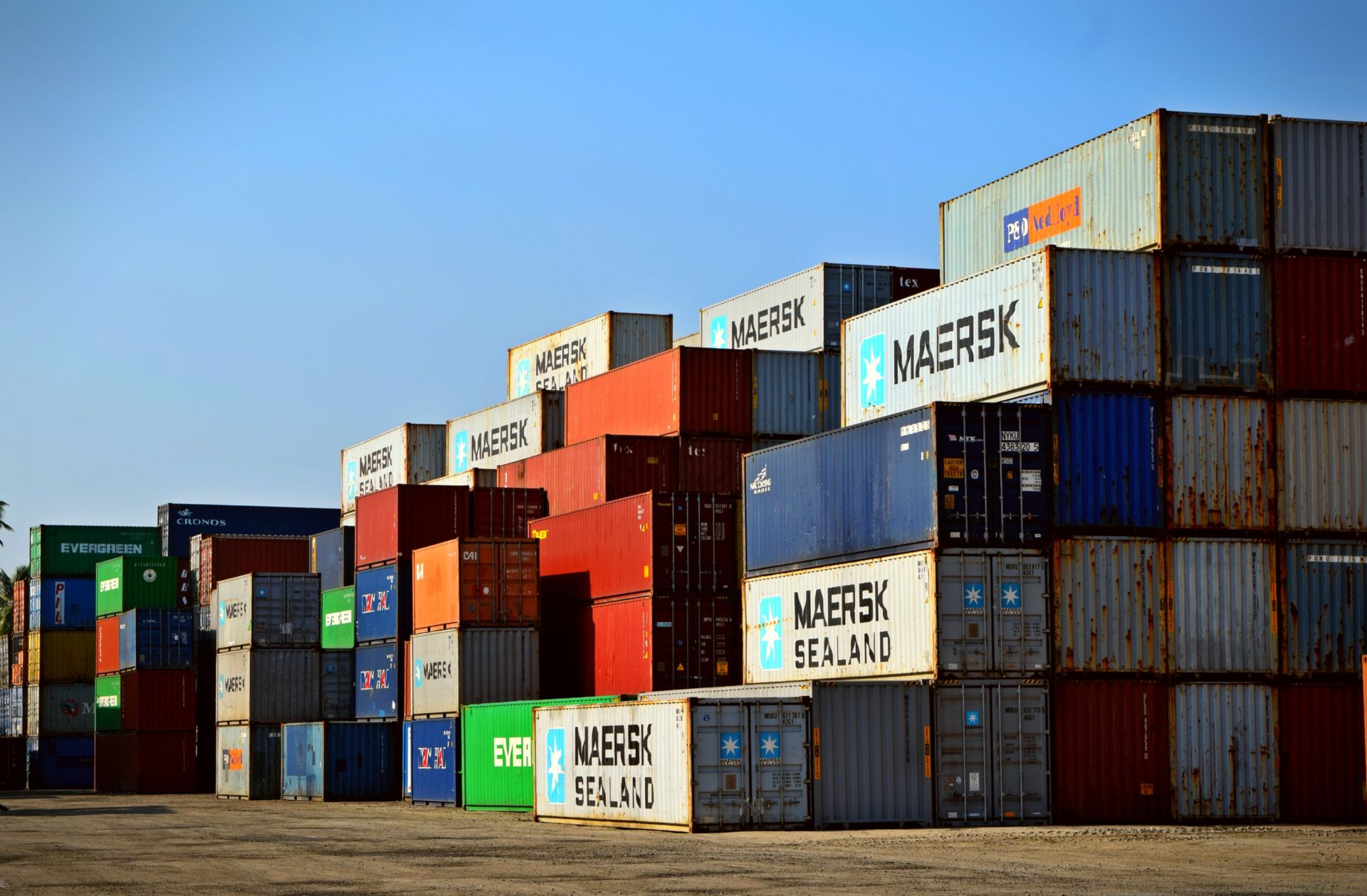Both the tariffs that countries impose on imports of physical things—from live horses to antique statues of horses—and the statistics on such trade are based on a set of around 5,400 six-digit numerical codes generated by the World Customs Organization (WCO) that comprise the Harmonized Commodity Description and Coding System, or HS for short.
Every five or so years, the WCO’s HS Review Sub-Committee (RSC) of the Harmonized System Committee (HSC), which includes representatives of each of the Organization’s 158 Contracting Parties—still with me?—reviews the HS and issues amendments intended to maintain its relevance to the constantly evolving nature of world merchandise trade. Many of these changes assign codes to new product streams, but some are intended to enable customs authorities and regulators to better address environmental and social issues.
Each successive version of the HS is known by the year in which it first started to be applied. The latest amendments to the HS were released at the end of January this year and will go into effect on January 1, 2022, as part of HS 2022.
In Code Shift: The Environmental Significance of the 2022 Amendments to the Harmonized System, I examine the specific amendments that will soon enable customs officials, as well as trade negotiators, to more effectively address environmental issues. Many of the amendments introduce codes for specific chemicals or waste products, to allow regulators to monitor the cross-border flow of specific substances or goods that are potentially hazardous to the environment. But there are also a couple of dozen amendments that should allow for more precise targeting of so-called environmental goods for the purposes of tariff reductions or elimination, which is where things get exciting.

Related topics: International Trade, 5G Sparks, Xenophobia – How to Navigate the US-China Trade War – Environmental Impacts of Modern Shopping
THE “SPECIFICITY PROBLEM” OF ENVIRONMENTAL GOODS IN TRADE
The term “environmental goods” is not very precise and the universe of products that qualify as such continues to grow and evolve over time. More than 20 years ago, for the purpose of tracking trade in such goods, the Organisation for Economic Co-operation and Development (OECD) and the European Union’s statistical office, Eurostat, produced a serviceable definition: environmental goods are those that are used “to measure, prevent, limit, minimize or correct environmental damage to water, air and soil, as well as problems related to waste, noise and eco-systems, [including] cleaner technologies … that reduce environmental risk and minimize pollution and resource use.” It sounds specific at first glance, but it is open to different interpretations, and as technologies evolve, so do notions as to which ones should be added and which dropped.
Since the first attempt in the late 1990s by the 21-member Asia-Pacific Economic Cooperation (APEC) to reduce import tariffs on environmental goods, those nominated for tariff reductions have, in all cases, been drawn up with reference to the HS. A persistent irritant has been that few of the HS’s six-digit subheadings—the most granular level of codes—cover goods that are mainly used for environmental purposes.
THE CASE OF SOLAR PANELS
For example, in all the previous attempts to negotiate a multilateral (i.e., including all members of the World Trade Organization) or plurilateral (involving a sub-set of WTO members) agreement on environmental goods, a technology included on all the lists has been solar photovoltaic (PV) cells and modules. These are the semiconductor devices that, when assembled into flat panels, are increasingly being deployed across the world to generate electricity cleanly.
PV cells and modules are classified under the HS subheading 8541.40—but so are other photosensitive semiconductor devices and light-emitting diodes (LEDs), which are themselves considered by many to be environmentally preferable to other light sources because of their low energy consumption per lumen. Combined, world trade in goods classified under HS 8541.40 has averaged around USD 55 billion annually since 2010, making it the 48th leading product category (out of 5,386) in 2018.
These new subheadings will make easier the task of trade negotiators, especially those who are in the process of nominating specific environmental goods for tariff elimination as part of the six-nation Agreement on Climate Change, Trade and Sustainability
To get around the “specificity” problem, trade negotiators have had to name the product, the subheading under which it is classified, and then tag it with the phrase “ex out,” leaving it up to each economy to create a specific code for that commodity at the 8- or 10-digit level in their national tariff schedules, which are not internationally harmonized beyond the first six digits. Having a technology specifically described and coded in the HS makes the negotiation process easier and quicker—in contrast with the situation with ex-outs, in which participants at the start of the negotiations may have slightly different descriptions in their national tariff schedules and must therefore negotiate a commonly agreed description.
The amendments to the HS for 2022 will finally assign separate six-digit codes to PV cells that are assembled in modules or made into panels (8541.43), or not (8541.42), as well as to LEDs (8541.41). In addition, they create distinct subheadings for PV electric generators and solar water heaters. Several kinds of lighting that incorporate LEDs, including even “Lighting strings used for Christmas trees,” will also benefit from new subheadings.

Several types of electric and hybrid-electric motor cars and motorcycles were first separately identified in the revisions that produced the current (2017) HS. HS 2022 creates several more categories, including fully or partially electrified “road tractors for semi-trailers” (i.e., the “big rigs” that pull trailers laden with goods) under heading 87.01 and non-articulated trucks or lorries used for transporting goods under heading 87.04.
Other environmental goods that will be separately classified in HS 2022 include catalytic converters and particulate filters for purifying or filtering exhaust gases from internal combustion engines (both under subheading 8421.32); various furnaces and ovens that are often used for treating waste products or pollutants (heading 85.14); and mass spectrometers, which are used extensively in environmental monitoring, for example, to detect toxins and identify trace contaminants in food, water, or soil (9027.81).
TACKLING CLIMATE CHANGE BY ELIMINATING TARIFFS
These new subheadings will make easier the task of trade negotiators, especially those who are in the process of nominating specific environmental goods for tariff elimination as part of the six-nation Agreement on Climate Change, Trade and Sustainability (ACCTS). Eliminating tariffs on environmental goods, especially those important for reducing carbon dioxide emissions from the combustion of fossil fuels, should be one of the easiest and most cost-effective ways for countries to address climate change.
The HS revisions will also facilitate the collection of statistics, and in turn the analysis of trade, on a wider range of goods of environmental significance. Of course, these statistics will not even start to become available for the whole world until well into 2023, and then only for the year 2022. But it’s a start.
Eliminating tariffs on environmental goods, especially those important for reducing carbon dioxide emissions from the combustion of fossil fuels, should be one of the easiest and most cost-effective ways for countries to address climate change.
Soon the RSC will begin anew considering what amendments to the HS may need to be made when a new version of the HS starts to be applied in the year 2027. It is therefore not too early to start thinking about what additional environmental goods could be assigned their own subheadings in the next HS version. In Code Shift, I suggest a number of candidate goods, including:
- Silicon semiconductor wafers for photovoltaic cells
- Wind-powered and solar-powered water pumps
- Pollution-control devices for treating flue gases—specifically, electrostatic precipitators, bag filters, cyclone filtering devices, flue-gas desulphurization devices, and flue-gas denitration devices
- Ground-source heat pumps and hydrothermal heat pumps
- Electrolyzers (for generating hydrogen gas from water)
- Fuel cells
- Electric-powered and hybrid-electric aircraft
- Electric-powered and hybrid-electric ships, boats, barges, ferries, and similar vessels.
These are just a small sample of products for which greater resolution in the HS would help policy-makers, market analysts, and participants in the environmental goods and services industries better understand and more quickly identify emerging trends in trade of some of the most important goods for protecting the environment and using resources more efficiently.
About the author: Ronald Steenblik is a Senior Fellow at IISD. Until he retired from the Organisation for Economic Co-operation and Development (OECD) in November 2018, Ronald Steenblik was the Special Counsellor for Fossil Fuel Subsidy Reform in the OECD’s Trade and Agriculture Directorate. He led the OECD’s fossil fuel subsidies reform effort, guiding staff working at the nexus of trade and the environment. He also served as Chair of the G20’s voluntary peer reviews of inefficient fossil fuel subsidies. In 2006-07, Steenblik served as the first Director of Research for the Global Subsidies Initiative (GSI), a programme developed by the International Institute for Sustainable Development to improve transparency on the size and effects of subsidies, especially those harming developing countries or the environment.
EDITOR’S NOTE: The opinions expressed here by Impakter.com columnists are their own, not those of Impakter.com.












